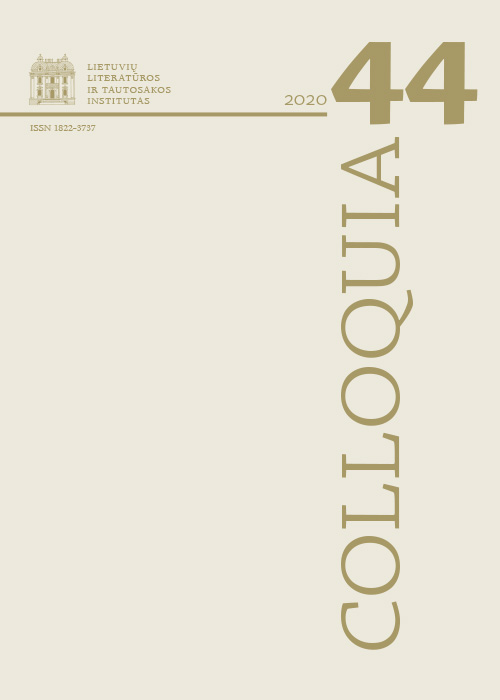Simonas Daukantas in Interwar Reflections
Abstract
The interwar memory of Daukantas is closely connected with teachers. They raised the issue of republishing of his texts, popularized the practice of visiting Daukantas‘s grave, and took care of his monument. Another noninstitutional initiative that provided a momentum for all interwar studies on Daukantas and his works was the publication of his historical work, Būdas senovės lietuvių, kalnėnų ir žemaičių [The Character of Ancient Lithuanians, Highlanders and Samogitians]. Provincial teacher Petras Sūdžius wrote a popular biography about Daukantas and created a network of people who wanted to pre-order the book. In 1935, the third edition of the Būdas was published.
The lack of academic biography about Daukantas, which led to amateurism and variety in interpretations, was another trend of that period. Due to the absence of information and research, the noble origin of Daukantas was considered to be fake (falsified). Contrary to the Soviet historiography, the image of Daukantas was not secularized then.
A 1936 Juozas Ambrazevičius‘s interpretation of Daukantas stood out in the methodological sense. Using the point of view of the history of ideas, he revealed the significance of Daukantas‘s ideas for the formation of national consciousness and their subsequent acceptance by the society. Ambrazevičius also argued that Daukantas‘s psychologized view was instrumental in the secession of Lithuanians from the tradition of the twonation, Polish and Lithuanian, state as a procedural mental change which was natural and necessary psychologically.
